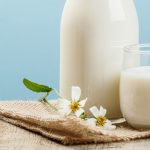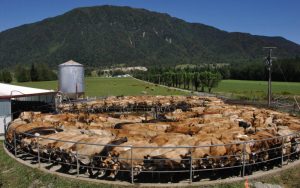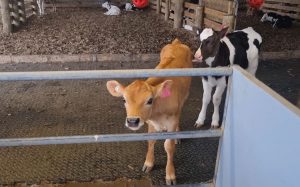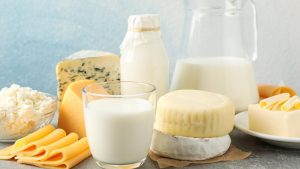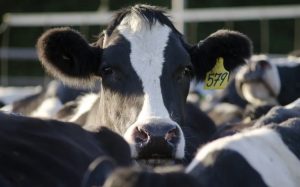
Guy Trafford assess the consequences of heightened American competition in the dairy export trade, and looks at their staying power. Westland Coop draws Saputo interest
By Guy Trafford

Farm gate milk price projections for 2019 are starting to be lifted with Westpac now looking at $6.30/kgMS, up from $6.10. It wasn’t that long ago that Rabobank dropped their prediction, although it was to $6.25 so the gap between the two banks has closed considerably.
One of the major drivers of global milk product prices is now the US who have become a major player. Last year (2018) US dairy exports topped 1.14 mln tonnes up +20% from the previous year and taking their share of global trade from 17% up to 19%, and closing in on their stated aim of getting to 20%. This was at a time when New Zealand prices were falling.
A closer look at how US dairy fared shows some interesting trends. From 2013 to 2018 global dairy trade has from 5.5 mln tonnes to 6.7 mln tonnes. The domestic price for milk in the US has been low which incentivised exporters more and allowed them to be more competitive especially when producers have had a little government help with returns. At the same time (last season) New Zealand had a drop in production due to the adverse spring which left a gap in the market which the US were happy to fill.
The US$ was lower at that point also which helped their competitiveness especially with SMP.
The second half of 2018 the picture changed somewhat for the US with a strengthening US$ and New Zealand’s production on the rise again applying supply pressure. This plus the China vs US trade impasse has forced the US to look further afield for trade. The 20% global target is still on the cards if the NAFTA replacement, the USMCA, can get through Congress. Trump is pushing for it but is hitting some obstacles along the way from the Democrats. A total of 16.3% of total US production was exported last year and this year with cow numbers dropping around 30,000 – 40,000 with good domestic beef prices encouraging a dairy cull some a predicting what could be a rapid switch from over- to under-supply. If this does occur, it will likely drag more of the export product back to domestic supply. However, most are predicting a US domestic price of $16.20 per ton which is the lowest since 2009. The continuing government shut down is not helping analysts to get good data at the moment the shut down has also meant some producers have been missing out on their top-up cheques as a result of ‘losses’ experienced from the China tariffs. Given much of Trump’s support has come from the rural sector, my heart bleeds.
Westland update
On the local front, Westland’s financial analysis has thrown out a card not too many saw coming with rumours that Saputo, the Canadian dairy company and latterly purchasers of Murray Goulbourn in Australia, are looking at buying into the financially strapped co-op. Any change of ownership, whether it be a cornerstone investor or a total sale, would have to be voted on by the 429 farmer/shareholders, and would require 75% in favour. Some interesting conversations will take place around kitchen tables before this one is settled. Given Fonterra is trying to divest itself of assets it is highly likely it has being considering spreading itself further although at another time it may have made sense.
Left field
Another bit of interest coming from across the Tasman is that testing of pork coming into Australia has picked up signs of African Swine Fever. Another reason for New Zealand pork producers to wonder at MPI’s decision to allow unprocessed pork into New Zealand including pork from China.


